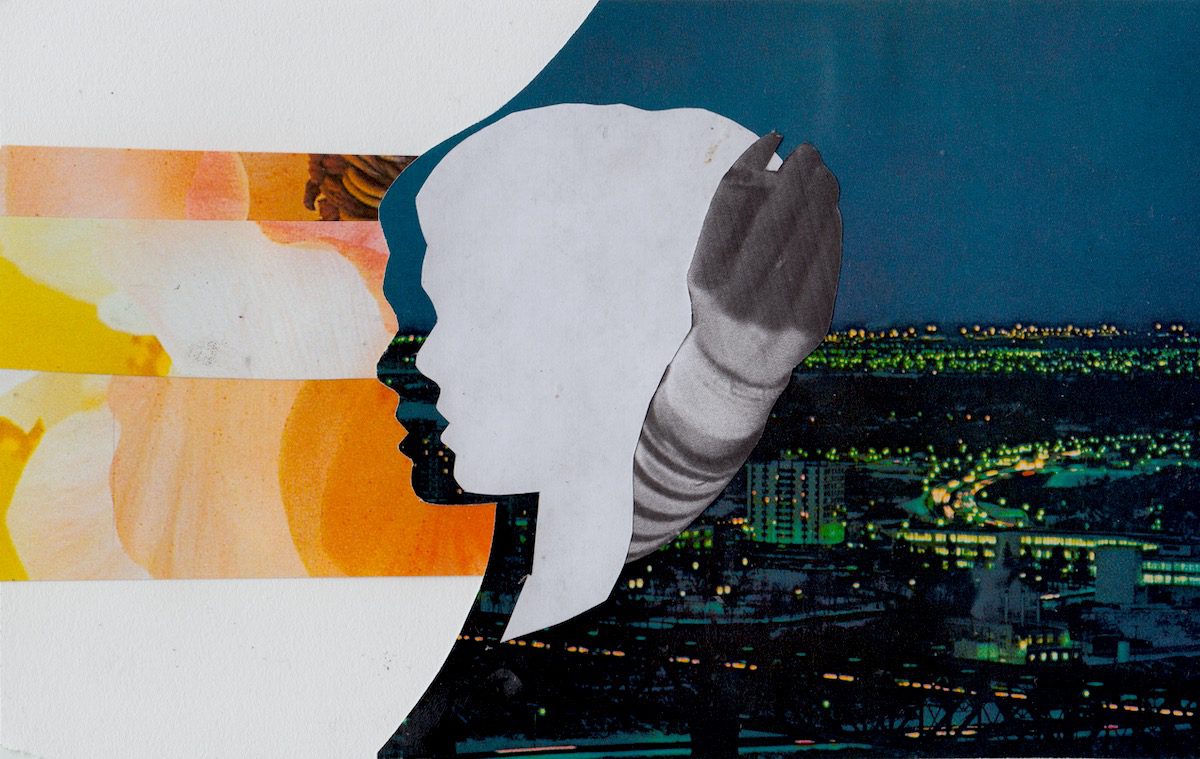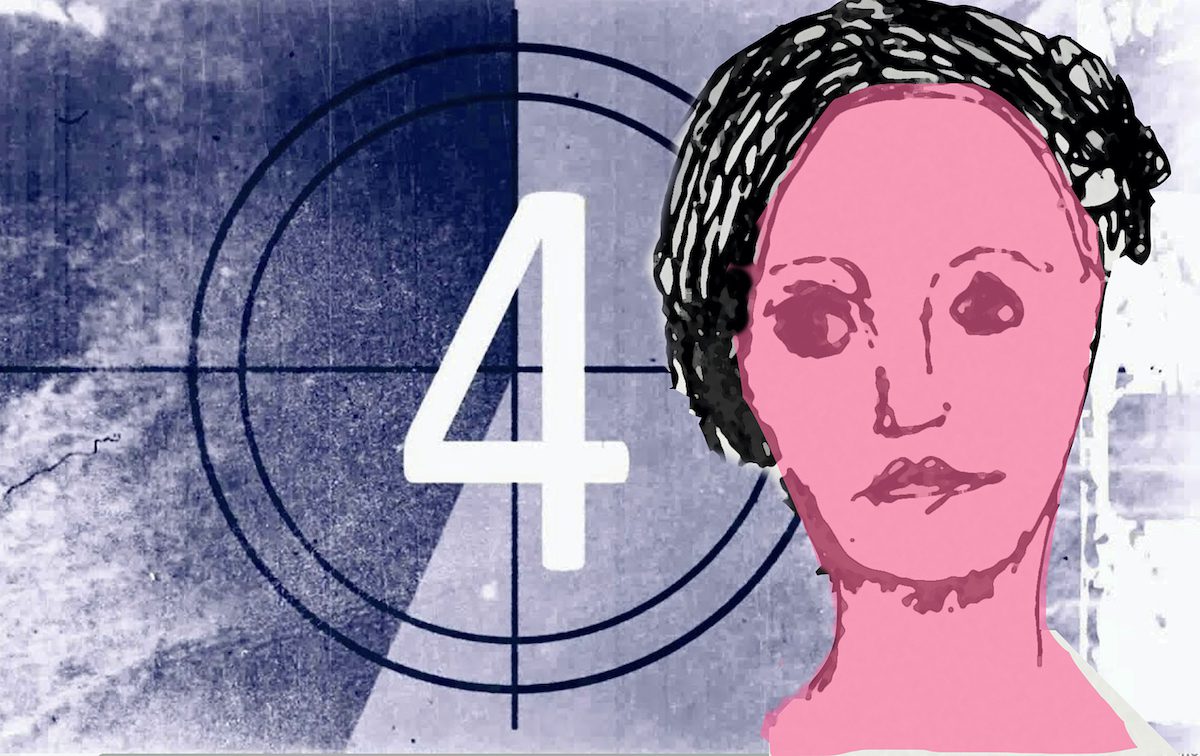The film Robin Hood appears to be, but is not, about many things: it is not about tensions between the North and South of England, it is not about the financial stresses of a foreign war coming to bear on domestic politics, and it is certainly not about ‘robbing from the rich and giving to poor.’
It is, however, about the death of kings, the wasting of the land, the return of sacred objects, and the attendant restoration of royalty and flowering of the land. As such, it is less a ‘reboot’ of the tale of Sherwood’s favorite landed gentry gone rogue, and more the latest installment in a mildly heretical, widely-discredited literary tradition that stretches back long before Christ but centers, in most recent literary history, in Arthurian legend.
Said tradition’s progenitor and greatest exponent, Jessie L. Weston (1850 – 1928), connected in her seminal Jungian text From Ritual to Romance the grail legends (de Troyes, Bleheris, Malory, etc.) to primitive vegetative cults who regarded the land as an “anthropomorphically conceived Being,” whose “annual progress from birth do death … was celebrated with a solemn ritual of corresponding alternations of rejoicing and lamentation.” Drawing on a litany of sources, but focusing most forcefully on J.G. Frazier, she mapped the collective obsessions displayed in the tales, summing up, “the story postulates a close connection between the vitality of a certain King, and the prosperity of his kingdom; the forces of the ruler being weakened or destroyed… the land becomes Waste, and the task of the hero is that of restoration,” revolving around a sacred object, sometimes, as in the case of Malory’s Le Morte d’Arthur, being that of the grail itself.
Robin Hood, which can be attributed to director Ridley Scott, writer Brian Helgeland, and actor/producer Russell Crowe, features the following in the way of ‘plot.’ Robert Loxley, carrying the crown of the deceased Richard the Lionheart, is ambushed and killed, but not before charging Robin Longstride, an AWOL archer, with the return of Loxley’s sword to his father. Longstride agrees, also taking along the crown for good measure. He returns the crown to Eleanor of Aquitaine, who crowns King John.
While King John is more or less the bad guy, jacking up taxes and causing to occur most of the nasty events that do, it is also made quite obvious that Richard, hard-riding, unforgiving, and nigh-genocidal, was incapable of providing an heir. John, however, while feckless, easy to sway, and rather stupid, is extremely fertile (he is, in fact, the only one in the movie who gets laid.) Neither is portrayed as a very good king, and both are against the film’s notions of ‘freedom.’ Still, a contested throne would generate far more violence and unrest than his rule. Under John, the land does not exactly flower, but disaster is averted.
Longstride heads up North, restores the sword to Loxley the elder, who convinces Longstride to stick around and impersonate his son. Longstride’s first subsequent act is to hijack the village’s only grain, sent to the Church as forcible tithe, in what constitutes the only proper banditry in the film. There follows much drama. As we end, Nottingham, which as we opened was mostly mud, darkness, and orphans, is full of reaping peasants, golden wheat, and the life of an outlaw, driven into the glittering forest, looks pretty ideal.
The position of Scott/Helgeland/Crowe on Arthurian romance as a continuation of the ritual of pre-Christian vegetative cults is unknown. Source material is always needed in Hollywood, and, when rewriting English folk-lore, it must be difficult to step out of Arthur’s imposing, endless shadow. Two things remain apparent however: this is a constantly retold story, unforgettable and inescapable, and, with a paltry $94 million domestic box office, it is not particularly a story anyone currently cares to hear.




